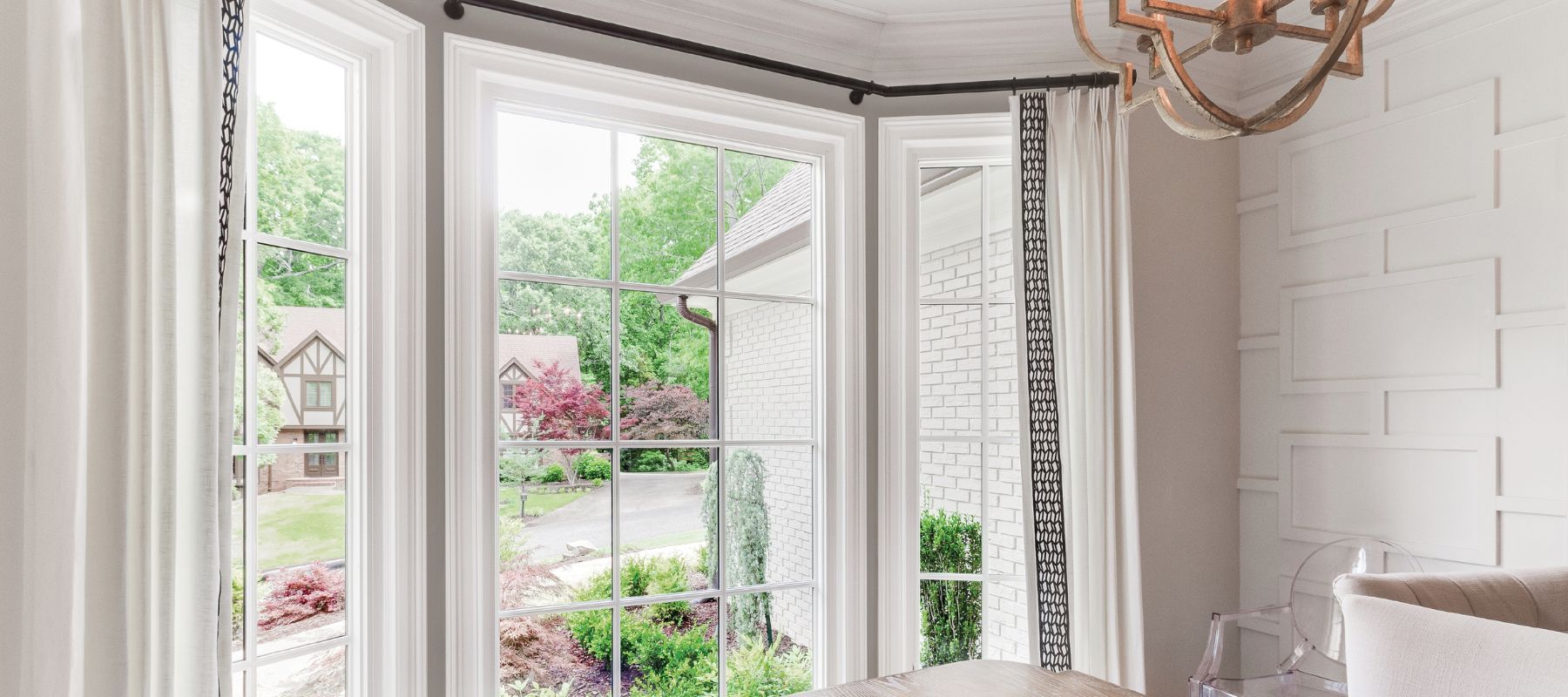>755 reviews

Fiberglass windows are a popular choice thanks to their durability and excellent insulation properties. However, like anything else, they need the right care to maintain their performance. The effort you put into keeping them in top shape today will pay off by extending their lifespan and preventing expensive repairs down the road. So, let’s jump into the key strategies for looking after your fiberglass windows!
While fiberglass windows are naturally resistant to weather and wear, neglecting their upkeep can cause problems over time. If left unchecked, issues such as cracked seals, mold growth, or air leaks could occur. Regular care is a simple way to avoid these costly repairs and keep your windows functioning optimally.
By addressing small concerns before they escalate into major repairs, you’re protecting your investment and ensuring your windows stay effective for years to come. If you’re unsure how to approach upkeep or need expert help, a Columbus window company can offer maintenance advice and professional services tailored to your home.

Fiberglass windows are made up of several parts that contribute to their energy-efficient and weather-resistant properties. The frame, sash, and glazing work together to keep your home insulated and looking great. The strength of the fiberglass frame is what makes these windows so durable, while the sash holds the glass in place and provides structural integrity.
Familiarizing yourself with these components will help you understand how each part needs attention. The seals, in particular, are vital for preventing air leaks, so checking them regularly is essential.
Keeping your fiberglass windows clean is a simple yet essential part of maintaining their functionality and appearance. Over time, dust, dirt, and grime can build up, making your windows look dingy and impacting their efficiency. Thankfully, cleaning them doesn’t require anything fancy—just a few basic tools and a bit of time.
Here’s how to clean your fiberglass windows properly:
Remember to avoid harsh chemicals or high-pressure washing, as these can damage the surface and seals of the windows. And if you’re budgeting for replacements or upgrades, a window cost calculator can help you estimate expenses quickly and accurately.
Fiberglass windows are low-maintenance, but that doesn’t mean they’re immune to problems. A common issue to watch out for is seal failure, which can lead to moisture buildup between the glass panes or drafts in your home. To keep things in check, it’s crucial to regularly inspect your windows for any signs of damage or wear.
Here are some tips to prevent issues before they start:
By catching these problems early, you can save yourself from costly repairs and maintain your windows’ performance.

Fiberglass windows are known for their energy efficiency, but to get the most out of them, you need to ensure the seals and insulation are intact. If the seals break down or insulation deteriorates, you could end up with drafts or increased energy bills. Properly sealing and insulating your windows is one of the most effective ways to ensure they continue to perform at their best.
Here are some key steps for maximizing efficiency:
By paying attention to these areas, you’ll keep your windows energy-efficient and your home comfortable year-round.
While fiberglass windows are resistant to many environmental factors, harsh weather can still take a toll. Wind, rain, snow, and UV rays can damage your windows if you’re not careful. Fortunately, protecting your fiberglass windows from the elements doesn’t require a lot of work—just a few preventative measures to keep them in good shape.
Here are some ways to protect your windows:
By taking these simple steps, you can keep your windows looking great and functioning well, no matter the weather.
From time to time, your fiberglass windows may need minor repairs. Whether it’s a chipped frame, a cracked seal, or a stuck sash, handling these issues yourself can save you time and money. Many small problems are easy to fix with a bit of knowledge and the right tools.
Here are some common repairs you can handle on your own:
While these are simple fixes, don’t hesitate to call a professional if you’re dealing with a more complex issue, like broken glass.

To keep your fiberglass windows in good shape, it’s important to perform regular maintenance. The frequency depends on where you live and the environmental conditions, but in general, you should aim to inspect and clean your windows at least once a year. If you live in a region with extreme weather conditions, more frequent checks may be needed.
Here’s a general maintenance schedule:
By sticking to this schedule, you’ll ensure that your windows stay in top condition and avoid costly repairs.
Each season brings its own set of challenges for your fiberglass windows, and taking care of them accordingly can prevent damage and ensure they perform well all year round. From removing debris in the fall to applying UV protection in the summer, adjusting your maintenance routine for the season is essential.
Here’s a breakdown of what to do each season:
By staying on top of seasonal maintenance, you’ll ensure your windows perform well throughout the year.
Taking care of your fiberglass windows doesn’t have to be a chore—it’s all about being proactive and consistent. By cleaning, inspecting, and maintaining your windows regularly, you’ll extend their lifespan, improve their efficiency, and keep them looking great for years to come.
A few final tips for long-lasting fiberglass windows:
By following these best practices, your fiberglass windows will stay efficient, attractive, and functional for many years.
Contact us now for a free estimate and take the first step toward repairing your windows!
You May Also Be Interested In:
Please leave your contact details.
The manager will contact you shortly.